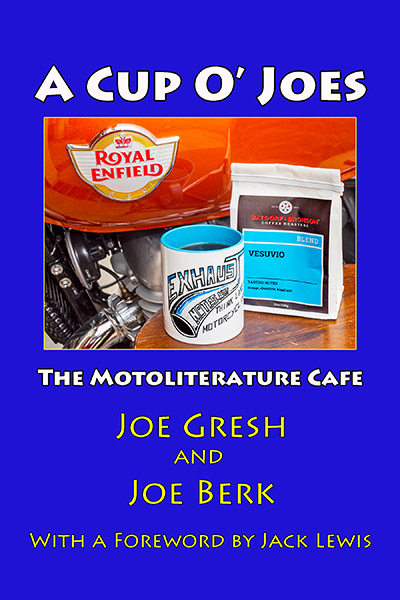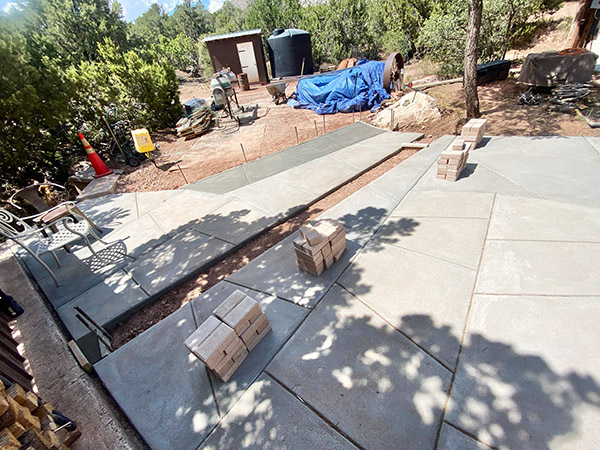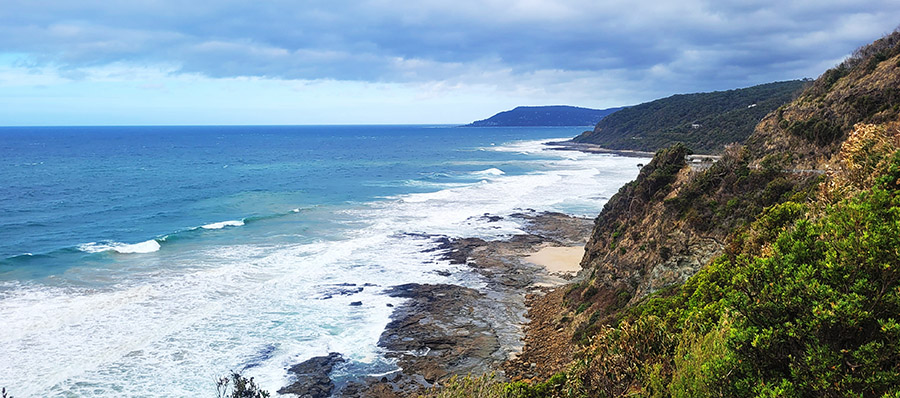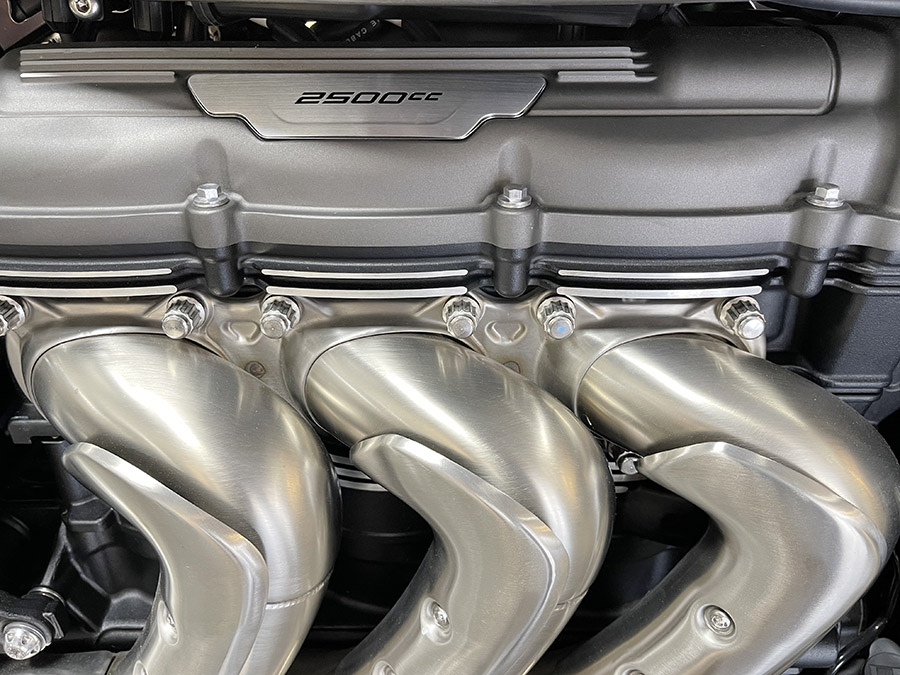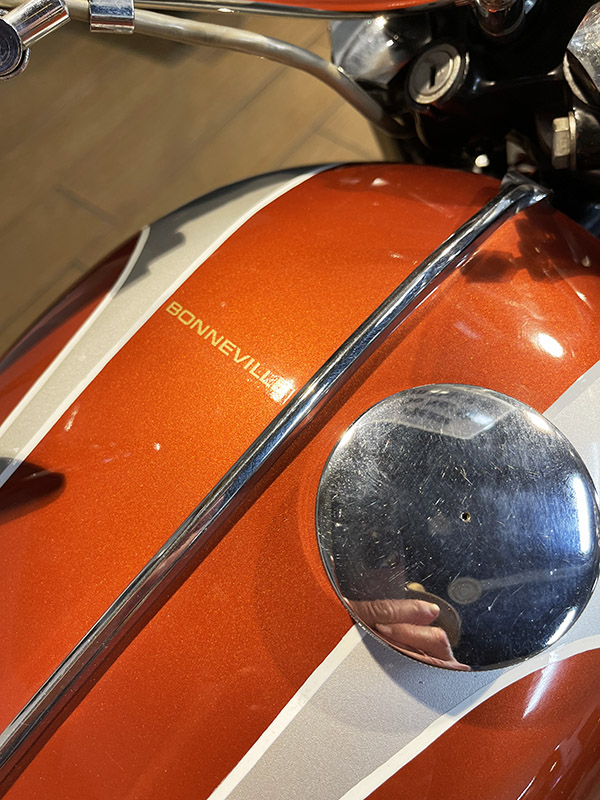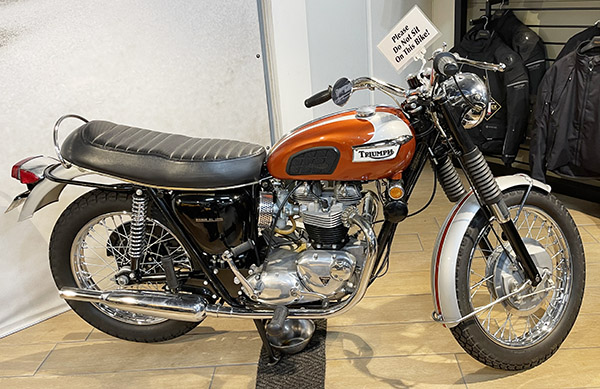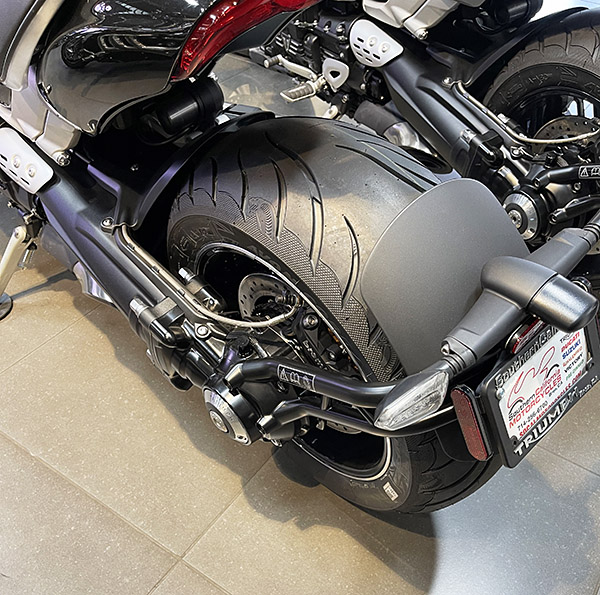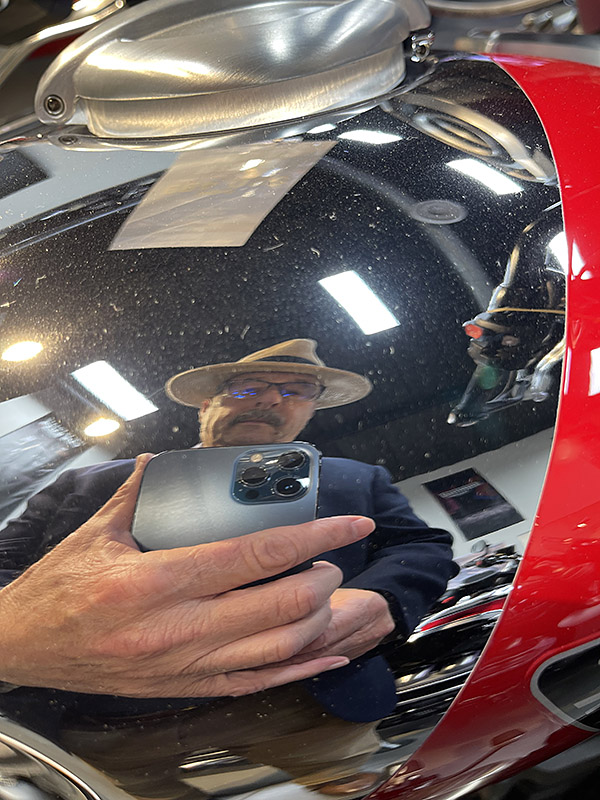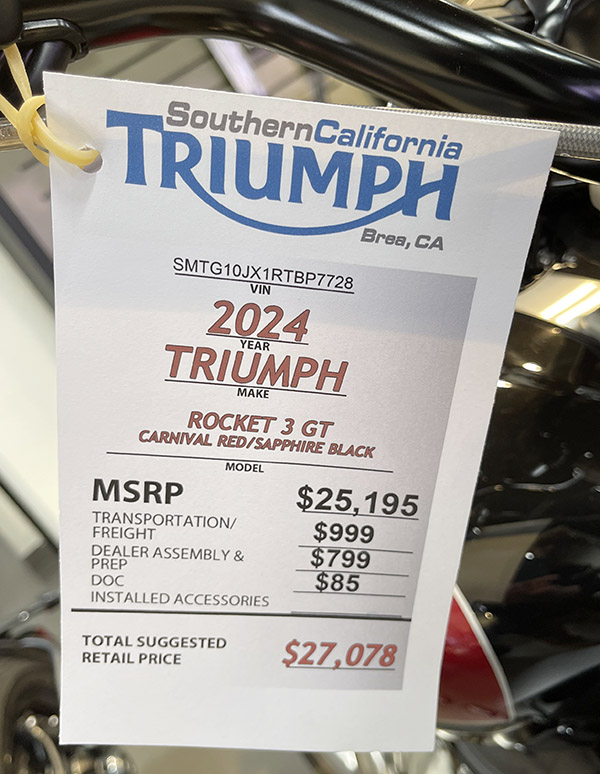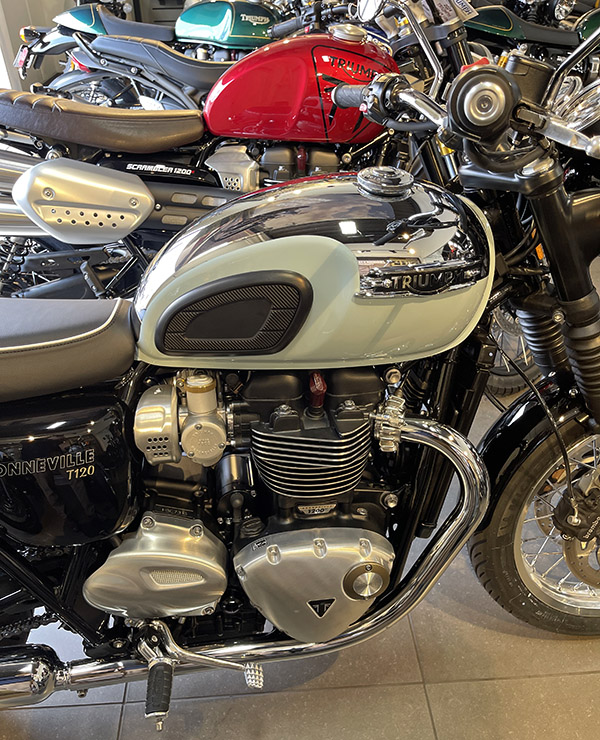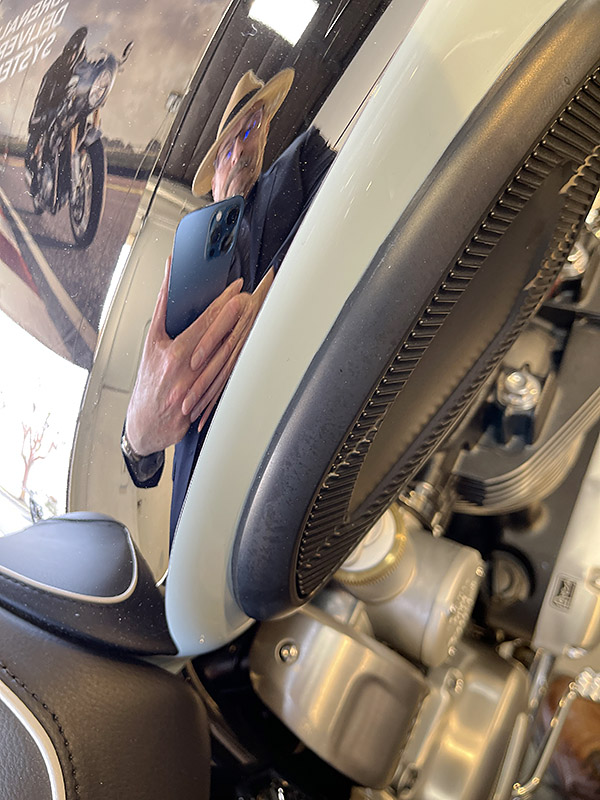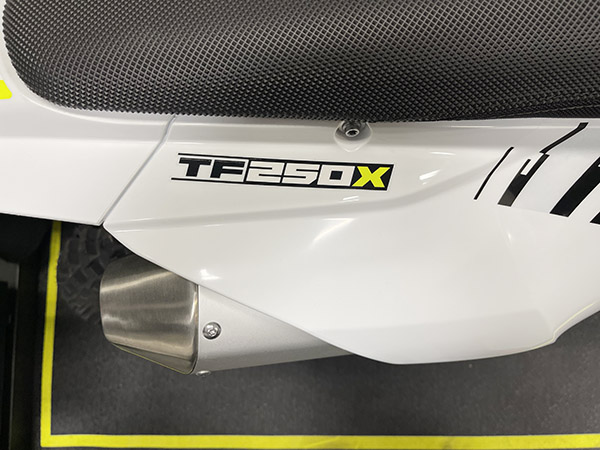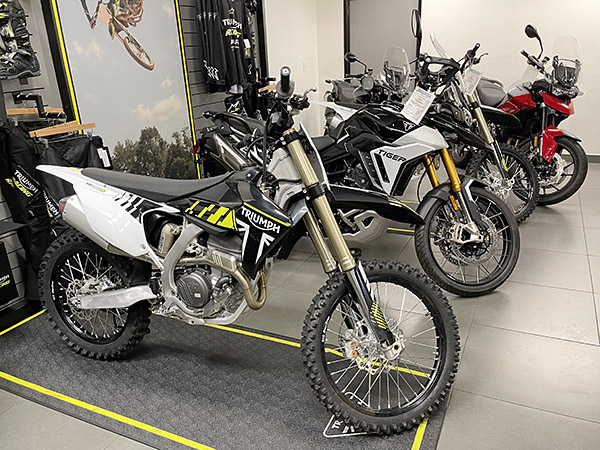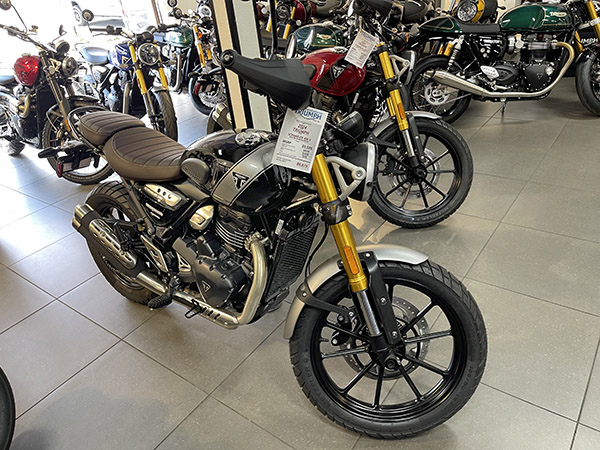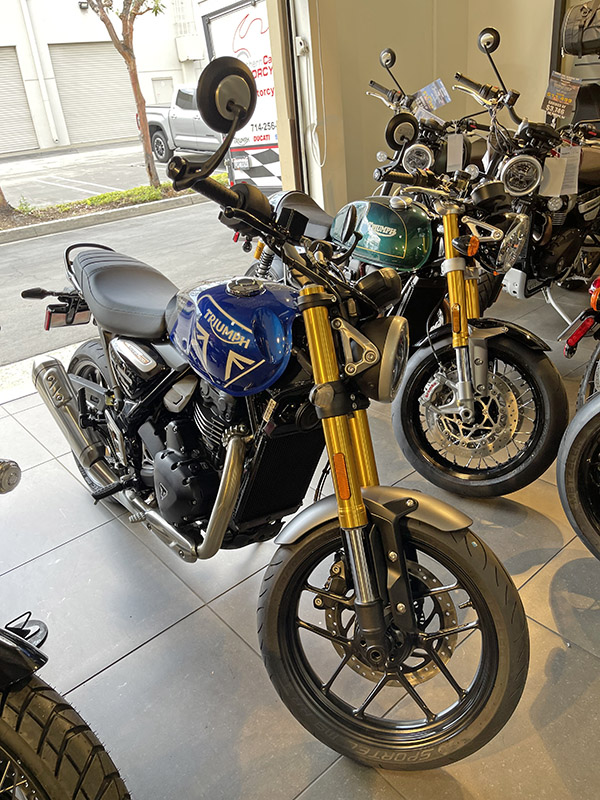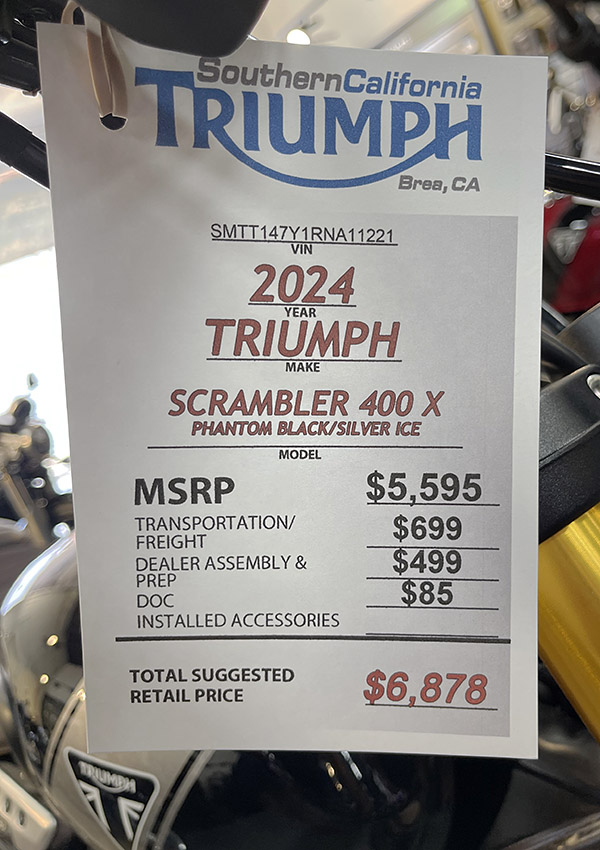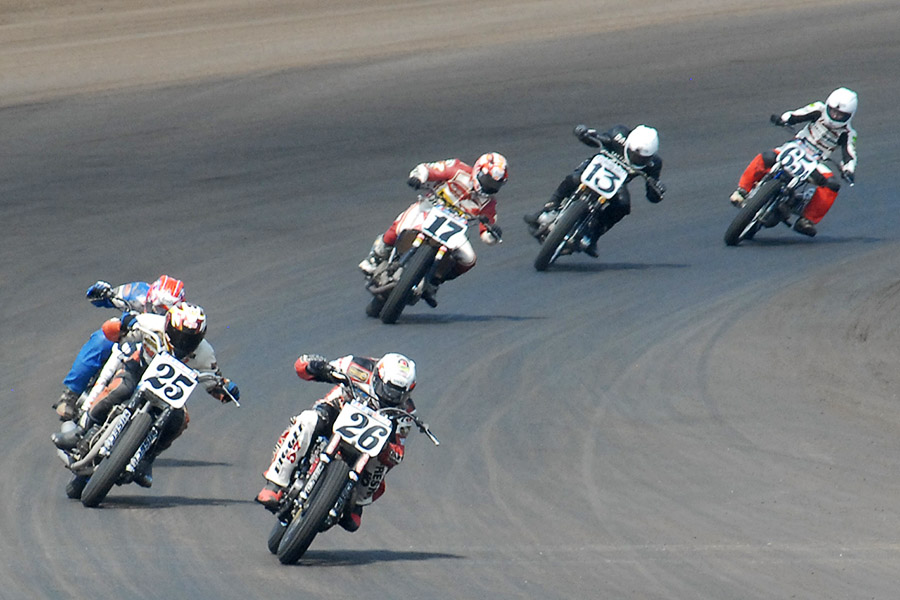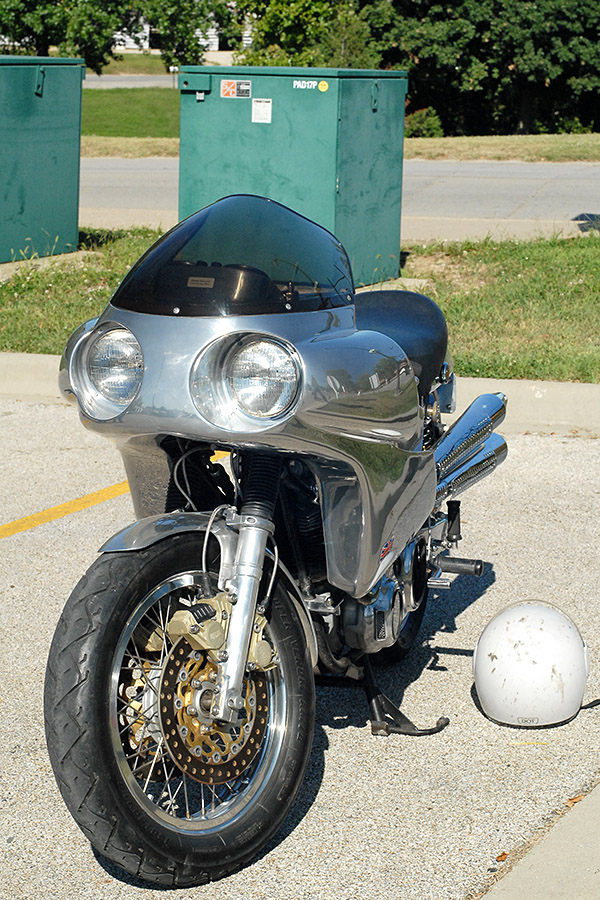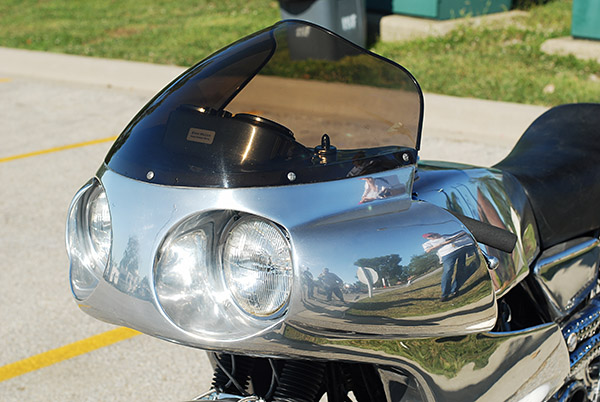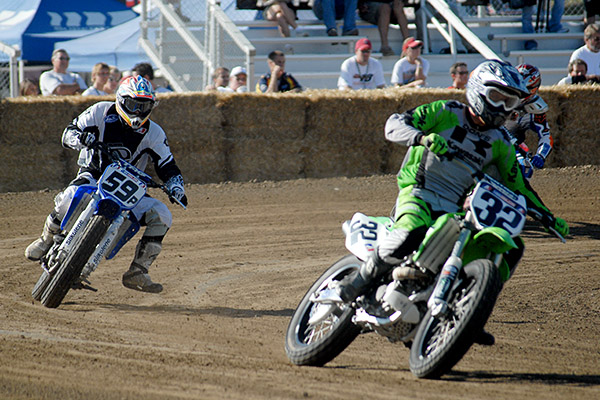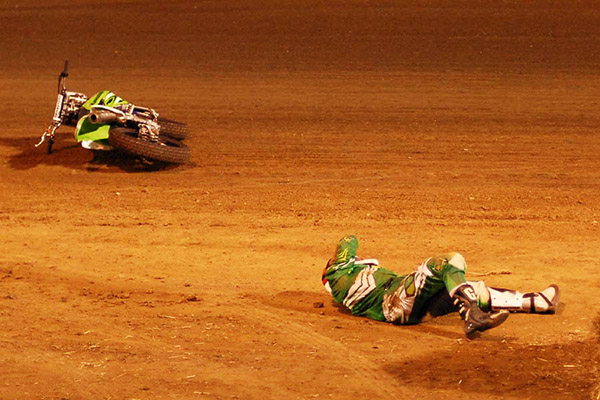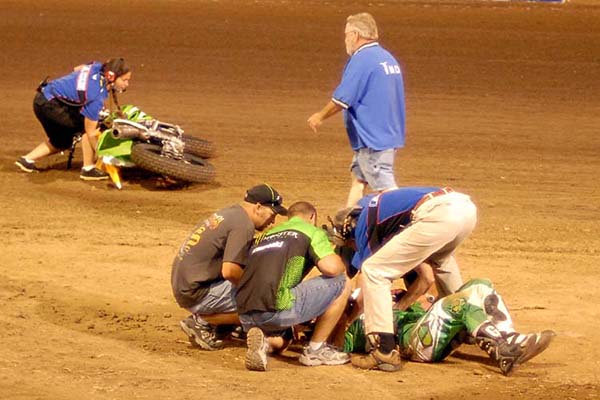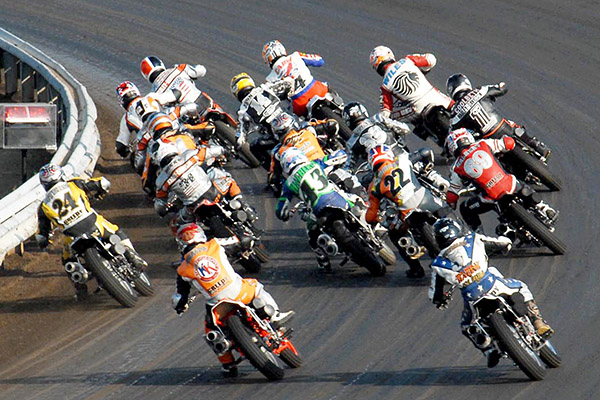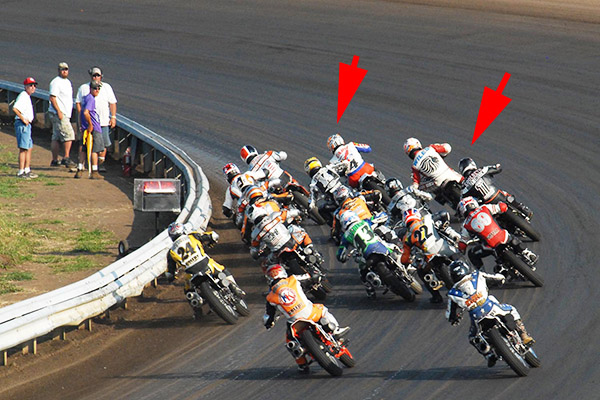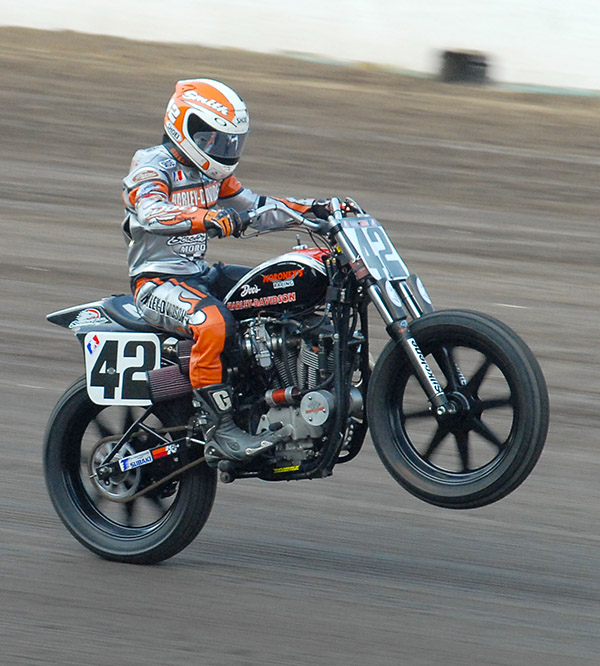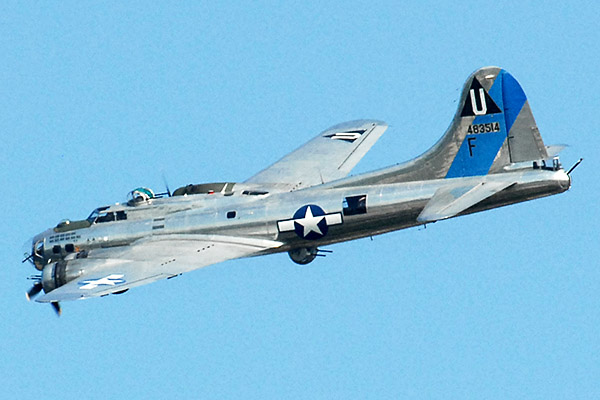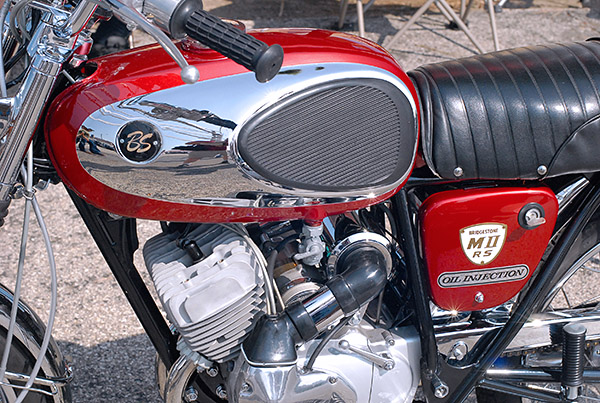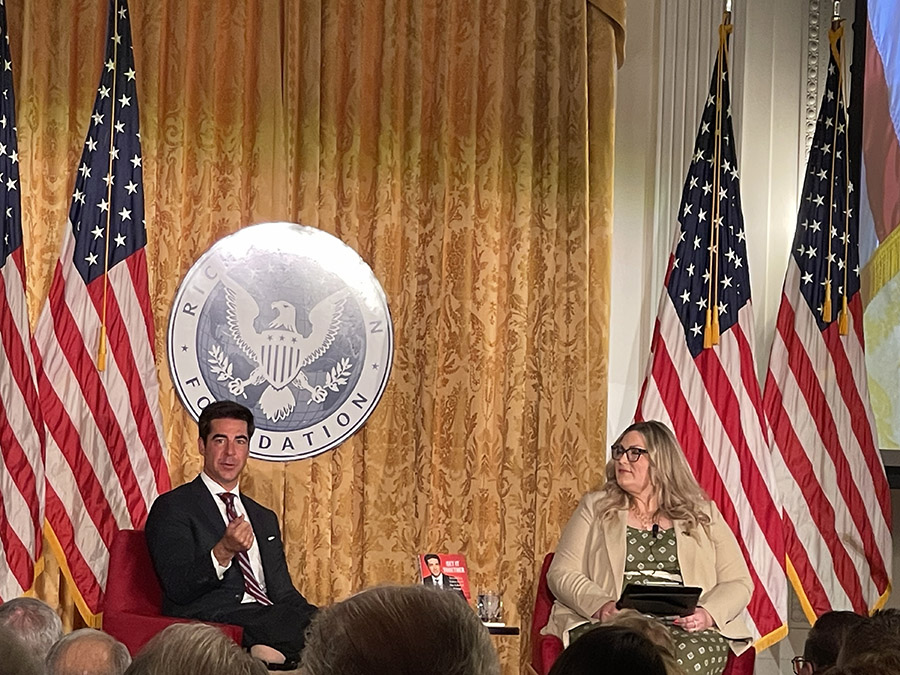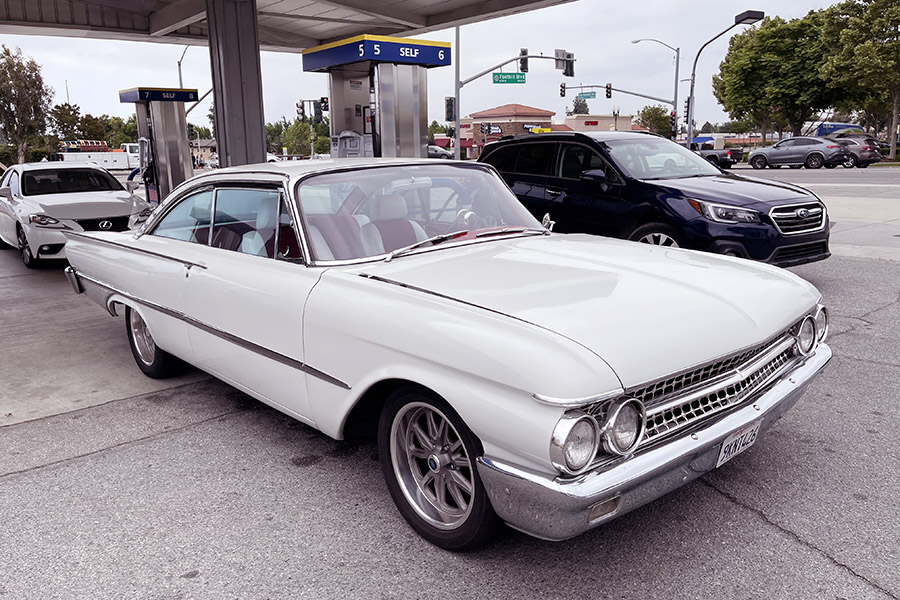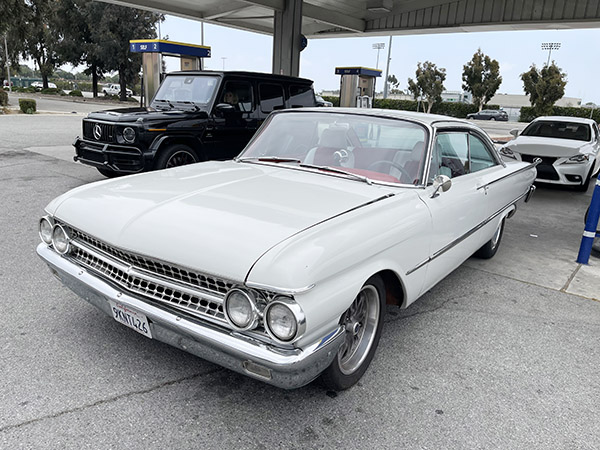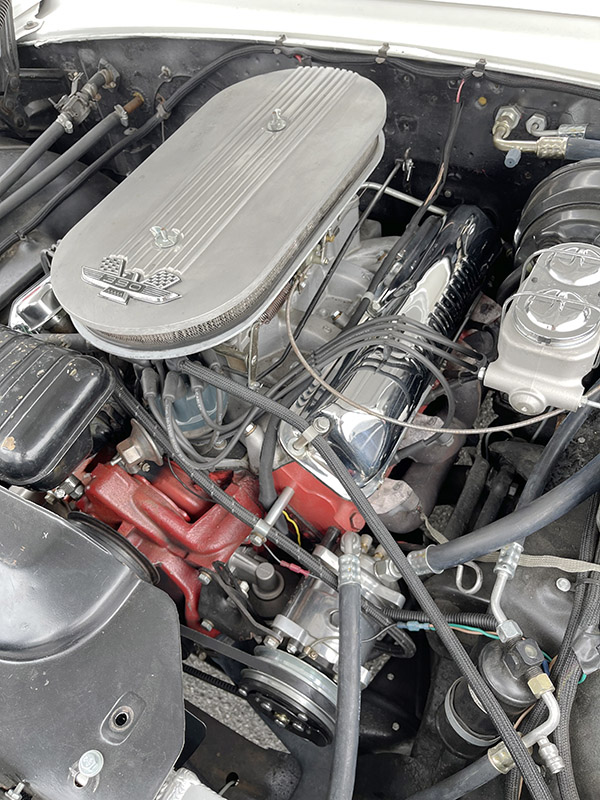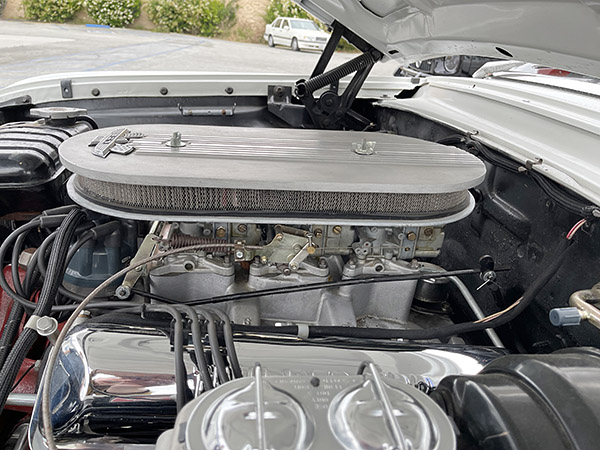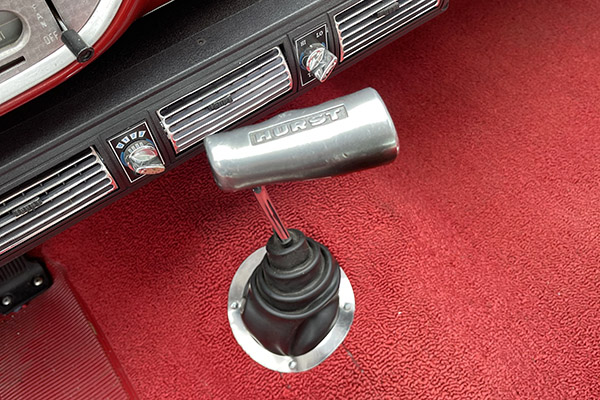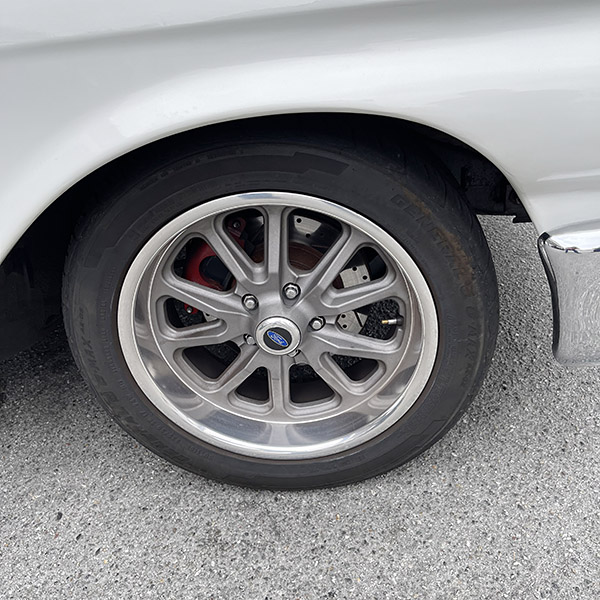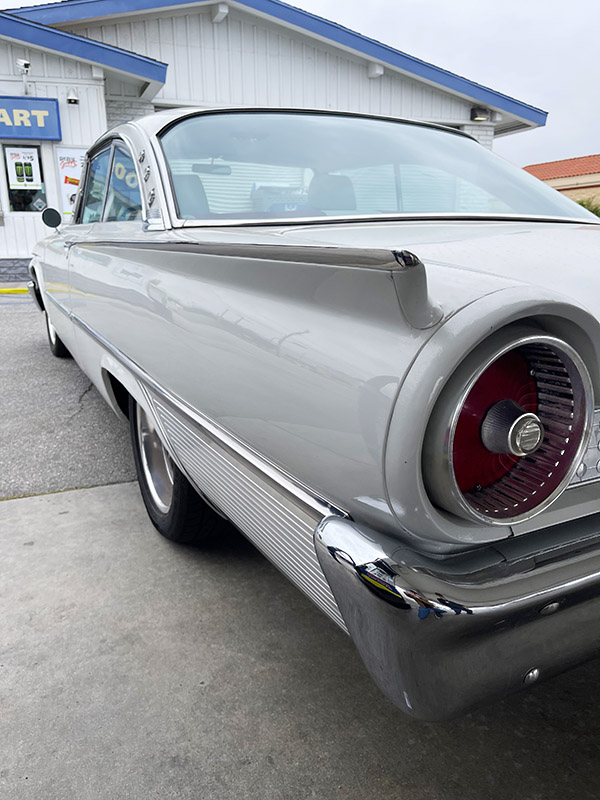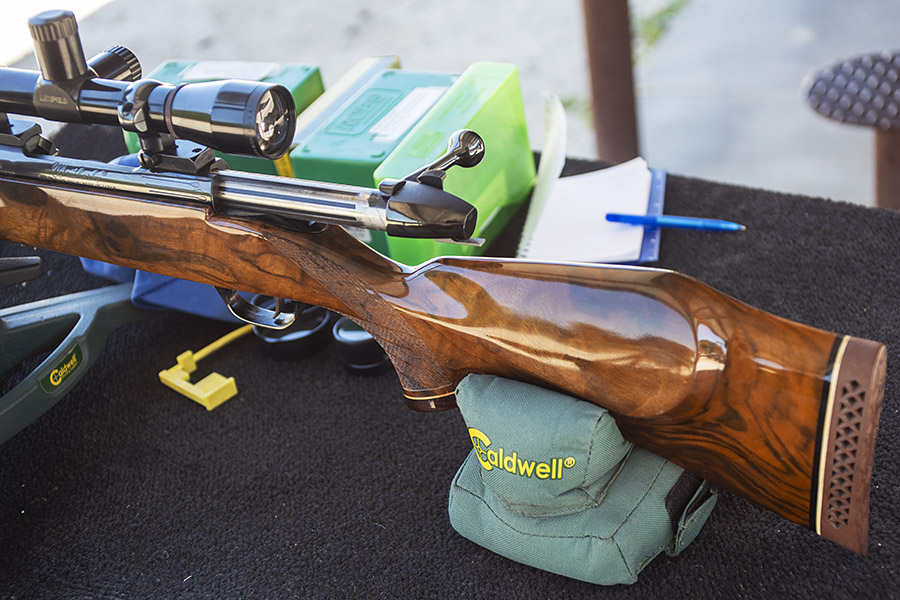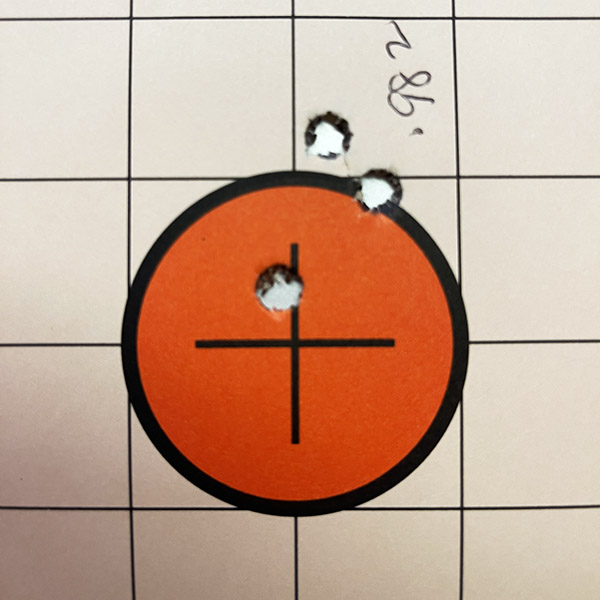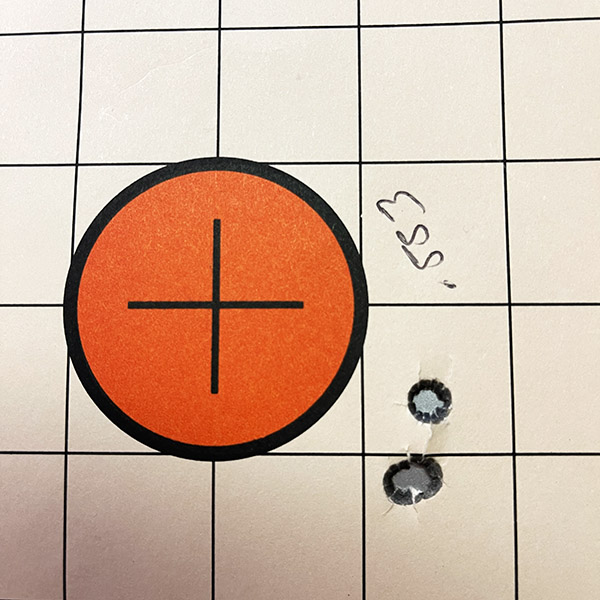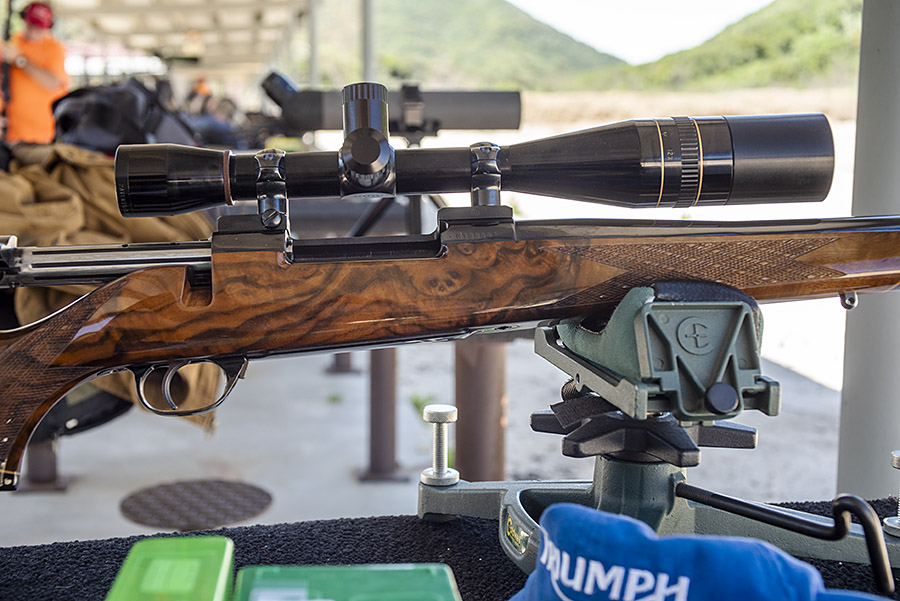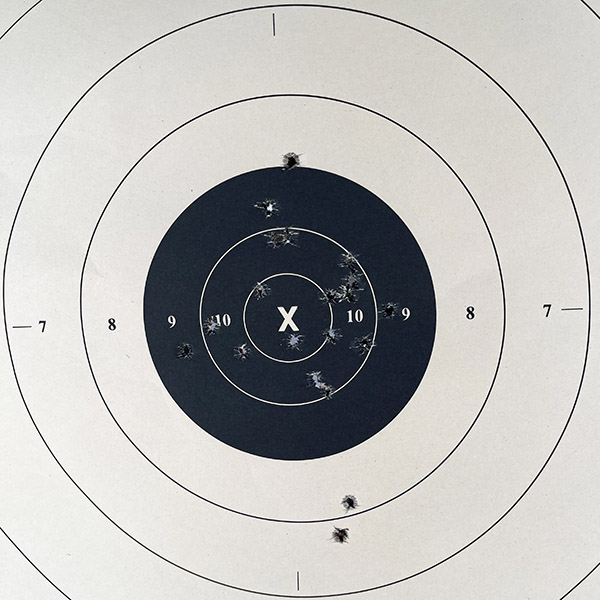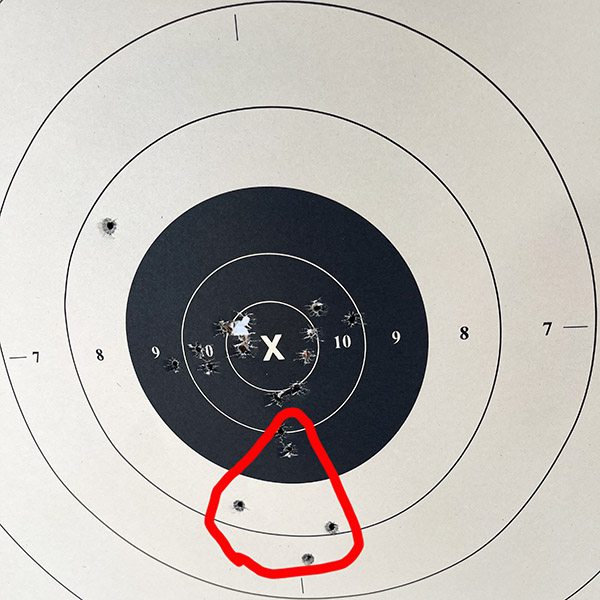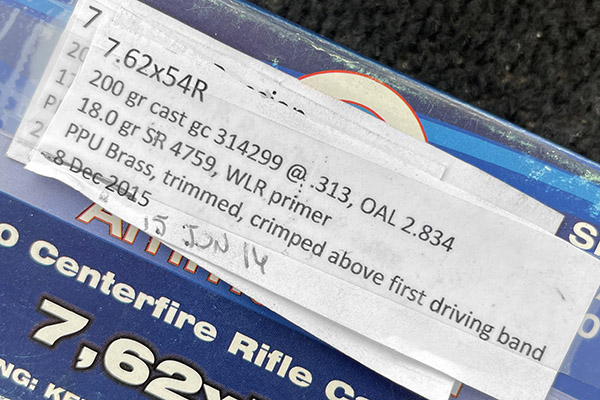By Joe Berk
I’m all for intelligence (most folks would agree there’s too little of it), but I’m scared to death of artificial intelligence.
Turn the clock back 60 years. I’m a kid working in a farm and garden center and the boss (John Bocchieri, who was a neighbor and a nice guy) put me on the cash register after I’d been there about a week. The first time I rang up a sale the customer handed me a $5 bill and I had to make change. Mr. Bocchieri saw my dilemma and he told me how to do it. “You just take the amount, take money out of the drawer, and while doing so count up to what the customer gave you. That will be the right amount.” That little secret made life a lot easier for me. It even worked if the customer gave you a little more in change (you know, so you could give them back only paper money).

Today, the electronic cash registers try to make it even easier, but all they did was just screw things up. Kids will ring up a sale, the customer gives them, say, a $20 bill, the kid enters the $20, and the cash register tells them how much change to give back. If that feature isn’t working, I’ve often had clerks mentally lock up when they have to determine how much they should return. I first started seeing this during the Bush administration. (Whenever it happens, the phrase “No Child Left Behind” pops into my mind.) Relying on the cash register to determine how much change to return robbed clerks of their ability to think. Give a clerk a little extra to get paper money back (you know, say the price is $11.79 so you give the cash register jockey $20 and 79 cents), and it really throws them into overload mode.
I ran into this same phenomenon of machines doing peoples’ thinking for them in my manufacturing days. In the old days, production planning involved what the job title implied: The ability to plan a production operation. Production planners (or schedulers, as we sometimes called them) were people who knew the required manufacturing delivery dates, the manufacturing times, and the supplier component lead times. With that information, they determined what we needed from suppliers and when we had to order it, and what had to happen (and when it had to happen) in the factory to deliver product on time. We usually did just that: We delivered on time. When things didn’t go as planned in one or more of the work centers (as often happens in the manufacturing world) or if a supplier was late (another common occurrence), the production planners could develop workarounds and our products still shipped on time.

Then an evil computer program called MRP (Manufacturing Requirements Planning) came on the scene. It was software that required as inputs the info described above. The idea was that it would simplify production planning. But a funny thing happened. Over the course of a few years, the skilled production planners who could actually plan workflows through a factory retired and they were replaced with folks who were essentially data entry clerks. These folks were still called production planners, but they couldn’t plan a trip to the bathroom. The really bad thing about MRP is that it assumed everything in the factory and our deliveries from suppliers happened on time (and as anyone knows who has ever worked in a factory, it never does). When production hiccups occurred, MRP was useless and so were our so-called production planners. I guess I shouldn’t complain. I was a manufacturing consultant specializing in helping companies that couldn’t deliver on time. I made a ton of money thanks to MRP’s inadequacies and the managers who thought it was the answer to all their problems.
Another form of this disease comes in the flavor of nav systems. You know, the things driven by global positioning systems that ask for a destination and then tell you how to get there.

Don’t get me wrong: I love these nav systems. But when I use them (which is nearly all the time anymore), I lose the sense of where I am, where I’m going, and how to get there. I don’t have to think. I just listen to what Waze (or whatever program I’m using) tells me to do and I do it. I’ll tell you how bad it is: I’ve almost driven through stop signs and red lights listening to my nav system. And I secretly sort of know, deep down, that if I didn’t have the nav system, I would not know how to get to places I know that I know how to get to. If that sentence gives you trouble, read it again; I wrote it and I know it’s tough to follow. But it conveys what I’m trying to say. Maybe AI would do a better job writing it, but I’ll be damned if I’m going to ask it to. Writing is one of the few things I have left.
Ever been embarrassed by the autocorrect feature when you write something on your cell phone or your computer? I find it highly annoying, and my experience is that it makes as many mistakes (by auto”correcting” to a word I didn’t want to use) as it fixes. It’s a feature that’s teaching us it’s okay to not pay attention to our spelling. Maybe some people need it. Those people shouldn’t be posting comments. We are already a nation bordering on illiteracy. We don’t need help to speed us along.
Now the talk is all about artificial intelligence and where it can take us. Self-driving cars. Diagnostics software for medical doctors. Social media algorithms. Nuclear weapons control. Chatbots. Blog articles. Think about what these programs will do. They’ll degrade doctors’ ability to make diagnoses themselves. They’ll eliminate the need for drivers to drive an automobile. They’ll decide what violates “community standards” and take down posts (they are already doing this and no one likes it). They’ll decide when to launch a nuclear attack. Can you believe this is being seriously discussed? What could go wrong? Think about chatbots or the automated questions you get when trying to reach a human being on the phone. Have you ever come away from one of these encounters thinking “gee, those folks really made it easy for me?” I don’t think so.
How about AI-generated writing? I get three or four email inquiries a week from services that want to pay me to allow their blog content here on ExNotes. When I asked to see what they could do (back before I realized what they were doing), the content was awful. Thanks, but no thanks.
Nope, you can keep your AI. What’s lacking in the world is not enough plain old real intelligence, and AI will only make that worse. We need more intelligence. The real kind, not the artificial kind.
Do you have a copy yet?
Never miss an ExNotes blog:


